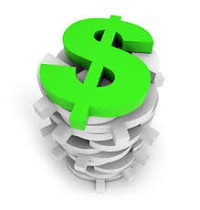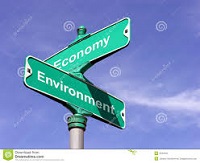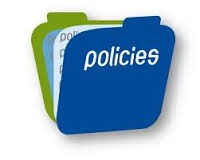What are costs? How can we define costs? Well….
Costs mean the amount of resources given up in exchange of some goods and services. These resources are expressed in terms of monetary value. Costs may also be defined as the expired cost resulting from the productive usage of an asset. Now, we know every firm or organization does costing and the objectives behind doing this act of costing can be:
-it helps in comparison between actual and estimations
-it helps improve efficiency
-it helps improve profits
-It helps in optimum utilization of resources
-it helps in determination of cost drivers or wasted efforts
-it helps in estimation of total costs/budget
-It helps determine financial position of a firm
-It helps in effective control, management and planning
-it helps in price fixation (of a product or service)
Costs can be broadly classified into Material, Labor and Expense and each of them can be further classified into direct and indirect. All the indirect costs are together called as overheads which can be again classified into factory overheads, selling & distribution overheads and office & administrative overheads.
The costs incurred directly on material or the cost on materials which is traceable is direct material costs. E.g. cotton for textile industry or steel for automobile industry.
The workers who are directly involved in production process are direct labor.
And the cost incurred apart from direct material and labor is direct expense. E.g. fee paid to architect, patent cost or cost of hiring machinery, etc.
Now, indirect material cost refers to cost of those materials which are needed for completion of the product but their regard to the product is so small that they cannot be treated as direct materials. E.g. cost of tools, lubricants, machinery, etc.
Indirect labor refers to those labor or workers who are not directly linked to production process. E.g. guards, foremen, helpers and cleaners, etc.
Indirect expense refers to all the expenditure incurred on production of a product beginning from its manufacture to it being a finished product and includes transfer costs to different markets also. E.g. light, heat, transportation cost, maintenance cost, factory manager’s salary, etc.
Selling and distribution overheads include the costs incurred on advertising and publicizing a product and include costs incurred on transporting products to the final markets. E.g. advertisement cost, salesman’s salary, commission, storage cost, etc.
Office and administrative cost includes rents and rates of offices, audit fee, legal charges, etc.
Thus, keeping into consideration all these different types of costs and expenditure, a firm or an organization carefully plans for its budgets so as to make efficient utilization of its resources and earn maximum profits.
There are several different costing tools, techniques or methods followed by firms and organizations these days. Some of them are:
Standard costing,
Uniform Costing,
Activity based costing,
Zero based costing,
Target costing, and many others.
Click here for government certification in Accounting, Banking & Finance





24 Comments. Leave new
Economic term … Nice one
cost effectively done!
Well defined.
Informative and precise!
A simple day-to-day term. Very well explained. 🙂
Well Explained
Well explained!
Informative
We deal with cost on everyday basis and this article gives us a simple understanding of it. Great job.
well written
Informative
A word used so often in day-to-day life has been explained well in this article.
nice one
amazing
amazing
well defined!!
well articulated
Nicely explained, inn very simple words!
nice
good one…
Nice. Well presented!
Nicely explained!
Amazing work!
good one